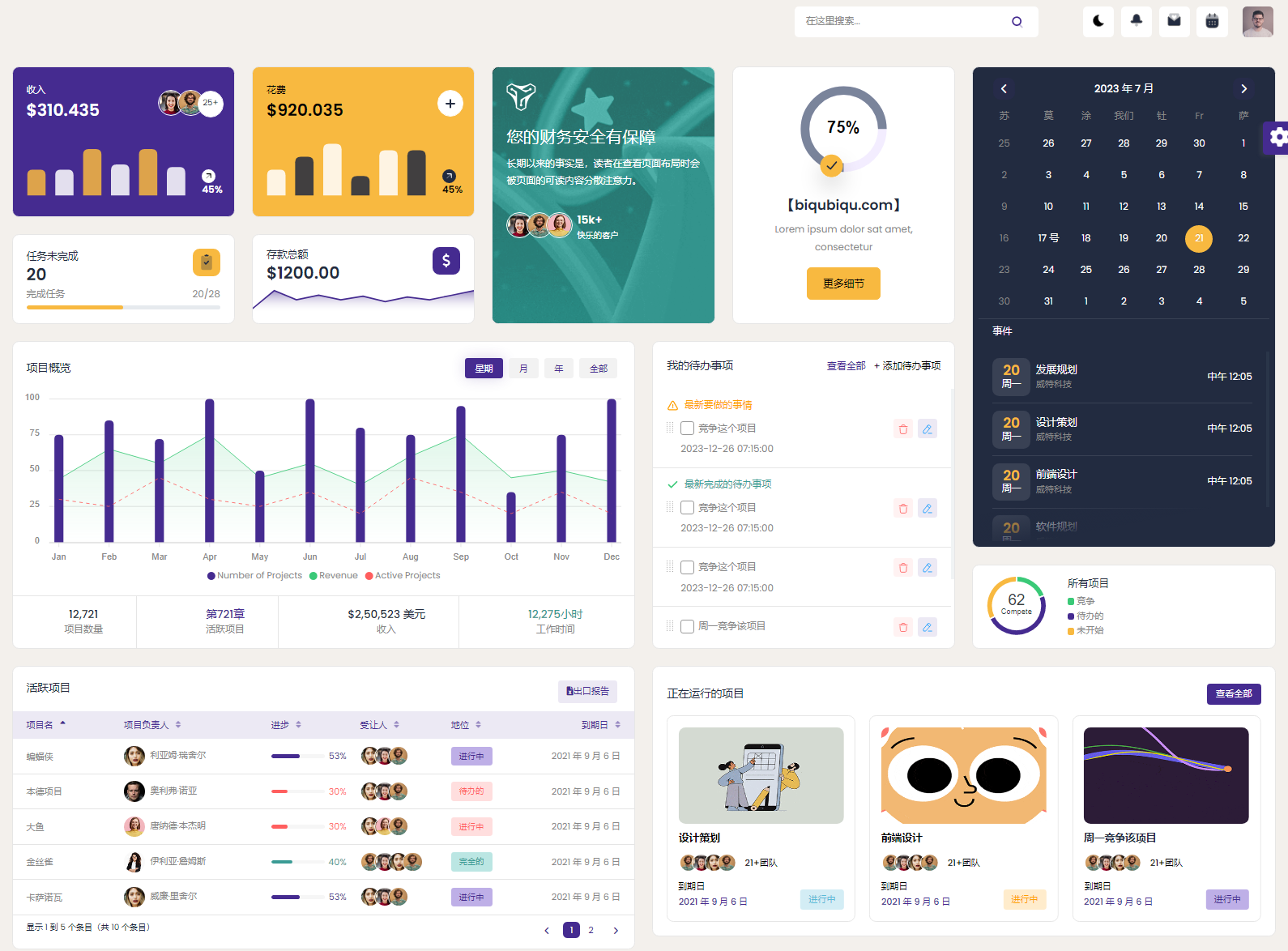和天下娱乐,注册|The Impact of User-Generated Content on Business Marketing
The Impact of User-Generated Content on Business Marketing
In the dynamic world of marketing, businesses are constantly seeking innovative strategies to connect with their target audience and drive conversions. Among the various approaches that have emerged in recent years, user-generated content (UGC) has gained significant traction and has become an integral part of successful marketing campaigns. This article delves into the impact of UGC on business marketing, exploring its benefits, limitations, and effective implementation strategies.
Understanding User-Generated Content (UGC)
User-generated content refers to any form of content created and published by consumers or end-users of a product or service. It can take various forms, including reviews, testimonials, social media posts, videos, images, or blog articles. Unlike traditional marketing messages that are controlled by businesses, UGC is authentic and credible, as it comes directly from the experiences and perspectives of actual customers.
Benefits of User-Generated Content for Businesses
Authenticity and Credibility: UGC is perceived as more authentic and trustworthy by consumers compared to company-generated content. It adds a human touch to marketing campaigns and helps build trust among potential customers.
Social Proof: Positive UGC serves as social proof, which can significantly influence consumer behavior. When potential customers see others enjoying and praising a product or service, they are more likely to consider purchasing it.
Increased Engagement: UGC encourages active participation and engagement from consumers. They become co-creators of the brand's story, sharing their experiences and opinions, which can lead to higher levels of engagement and brand loyalty.
【4.】Cost-Effectiveness: UGC can be a cost-effective marketing strategy compared to traditional advertising methods. Businesses can leverage their existing customer base to create a wealth of content without incurring significant production expenses.
【5.】Diversification of Content: User-generated content provides businesses with a diverse range of content that can be repurposed and shared across various marketing channels. It keeps the brand's social media presence fresh and engaging.
【6.】SEO Advantages: User-generated content can positively impact a business's search engine rankings. When customers create content related to a brand, it adds relevant keywords and backlinks to the business's website, improving its visibility and organic traffic.
Limitations of User-Generated Content
Quality Control: Managing the quality of UGC can be challenging for businesses. Some user-generated content may not align with the brand's image or messaging, requiring careful moderation and filtering.
Negative Content: There is a risk of encountering negative or critical UGC, which can potentially damage a brand's reputation if not addressed promptly and appropriately.

Legal and Copyright Issues: Businesses need to ensure that they have the rights to use UGC, especially when it contains copyrighted material. Obtaining explicit permission from content creators is crucial to avoid legal complications.
【4.】Monitoring and Moderation: Monitoring and moderating UGC can be time-consuming and resource-intensive for businesses, particularly those with a large volume of user-generated content.

【5.】Lack of Control: By allowing users to create content, businesses relinquish some control over their brand's messaging and形象content's tone.
Strategies for Effective Implementation of User-Generated Content
Create User-Friendly Platforms: Businesses should strive to create user-friendly platforms that make it easy for consumers to share their content. This may include user-friendly content submission forms, social media integration, or dedicated hashtags.
Encourage User Participation: Incentivizing user participation through contests, giveaways, or exclusive rewards can encourage consumers to create and share UGC. However, businesses should ensure that incentives do not compromise the authenticity and credibility of the content.
Curate and Showcase UGC: Carefully curate and showcase user-generated content on the brand's website, social media channels, and marketing materials. This demonstrates the brand's appreciation for customer feedback and involvement.
【4.】Moderate and Respond to UGC: Establish clear guidelines and moderation policies for UGC to maintain brand consistency and address any potential issues. Respond to user-generated content promptly and engage with customers in a meaningful way.
【5.】Collaborate with Influencers: Partnering with influencers who align with the brand's values and target audience can help generate high-quality and impactful UGC. Influencers can create compelling content that resonates with their followers and drives brand awareness.
【6.】Measure and Track Performance: Monitor the performance of UGC campaigns using appropriate metrics, such as engagement rates, website traffic, and conversions. Analyze the data to identify effective strategies and make data-driven improvements.
Conclusion
User-generated content has become a powerful force in business marketing, offering numerous benefits such as authenticity, credibility, social proof, and increased engagement. While there are certain limitations and challenges associated with UGC, businesses can overcome these by implementing effective strategies for content generation, curation, moderation, and measurement. By embracing UGC, businesses can harness the collective creativity and experiences of their customers to create a dynamic and engaging marketing ecosystem that drives brand loyalty and conversion
